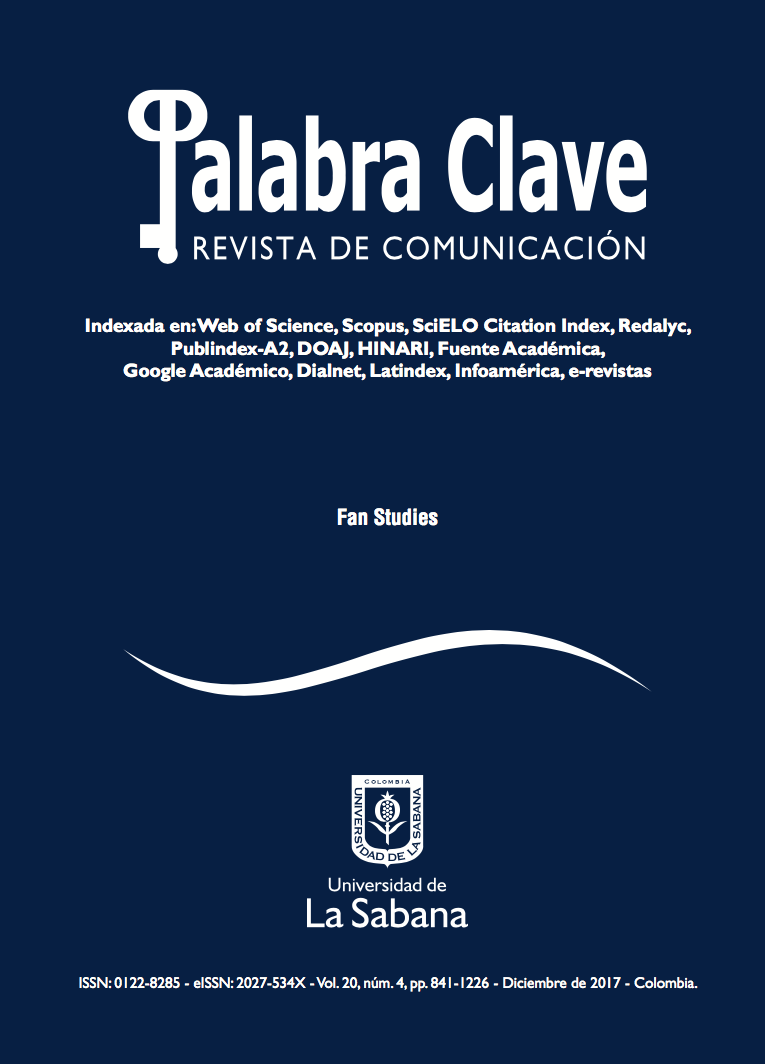Fandom and the Cultural Industry: The Origin of Science Fiction Fandom in the United States
Keywords:
Science fiction, cultural industry, participant audience, mass culture, popular literatureAbstract
It has long become evident that fandom activity is a complex reality, but also the object of colonization and co-optation by the cultural industry, in a dynamic where fans themselves are co-creators. It is evident in the policies of transmedia franchising and in contemporary cult television textuality, but which may be found in different ways throughout the history of fandom and since its origin. This, at the very least, is true in the case of fandom related to science fiction, which represents an undoubtedly particular case: just think of the number of fans who, since the 1940s, have become professionals, such as writers, critics, researchers and even editors. The very birth of an organized science fiction fandom is due, at least in part, to the promotional activity conducted by the cultural industry “from above.” More specifically, our paper analyzes, through the study of literature and archive research, the active role of Hugo Gernsback (editor of Amazing Stories, the first SF journal in the world) in the origin of science fiction fandom in the United States: In order to make the new genre known and promote the journal, not only did Gernsback favor the creation of passionate groups, publishing the readers’ addresses and divulging news and information about meetings and clubs, he also founded a Science Fiction League, with offices in numerous US cities and even in England.
Downloads
Downloads
Published
How to Cite
Issue
Section
License
1. Proposed Policy for Journals That Offer Open Access
Authors who publish with this journal agree to the following terms:
- Authors retain copyright and grant the journal right of first publication with the work simultaneously licensed under a Creative Commons Attribution License that allows others to share the work with an acknowledgement of the work's authorship and initial publication in this journal.





